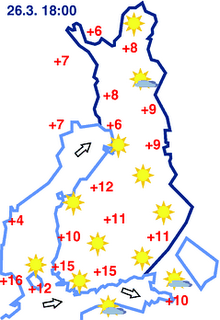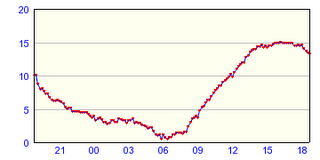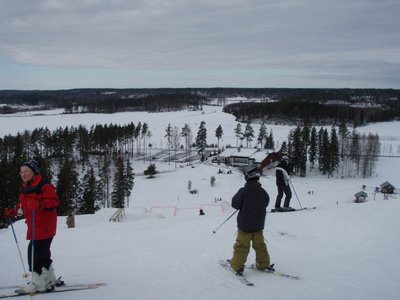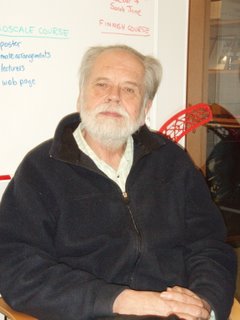
Hi Readers,
I apologize for the long absence. For the last two weeks I was a student and a lecturer in a course offered by
Prof. Markku Kulmala and
Prof. Pepe Hari of the University of Helsinki (both pictured here) at the
Hyytiälä (pronounced "hew-tee-uh-luh") Forestry Field Station in Finland. The course was some lecture-based material and mostly research by the students using data collected at the station on the topic of atmospheric aerosols (small particles just a few nanometers in diameter floating around in the atmosphere and partly responsible for the formation of clouds).

I provided a lecture, in collaboration with Dr. Sabine Goeke who recently came to the University of Helsinki, on how precipitation, clouds, and storms form, tying the lecture to the atmospheric aerosols.
The course took me away from work for a while, but also allowed me to catch up on some work in the morning before class started. I also was able to get in some cross-country skiing on frozen peat bog at Siikaneva with the above-mentioned professors before class started. The sunrise picture above happened on a beautiful morning on the bog.
The class consisted of 30 students, mostly from the Nordic countries, but also some from South America, Ireland, and South Africa.
This week I return to FMI for two very important tasks. Tuesday will be the final presentations from the students in my own intensive course on the
Helsinki Testbed. On Thursday, we will be having a discussion on the FMI Evaluation, a report that FMI is preparing for an external review board. I am one of the several people helping provide comments on the production of that report. Helping out with this document has provided me an overview of all aspects of FMI Research. Despite poring through hundreds of pages, such an overview has been quite helpful.
Next week, I will be visiting Vaisala to give a presentation on my ideas for research and business collaborations. The title of the talk is "Mesoscale Research Opportunities Through Collaborations Among the Helsinki Weather Partners." The visit will also give me an opportunity to introduce myself to Vaisala employees, many of whom I have not met yet, although the company funds a third of my position. I am looking forward to seeing how we can develop greater collaborations on the dual-polarimetric radar, Helsinki Testbed, and other activities.














